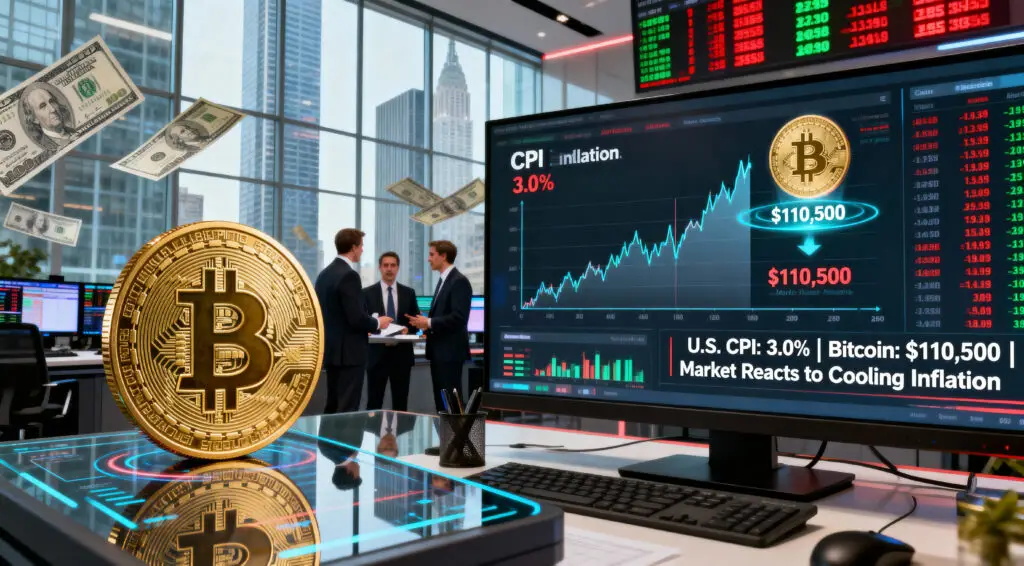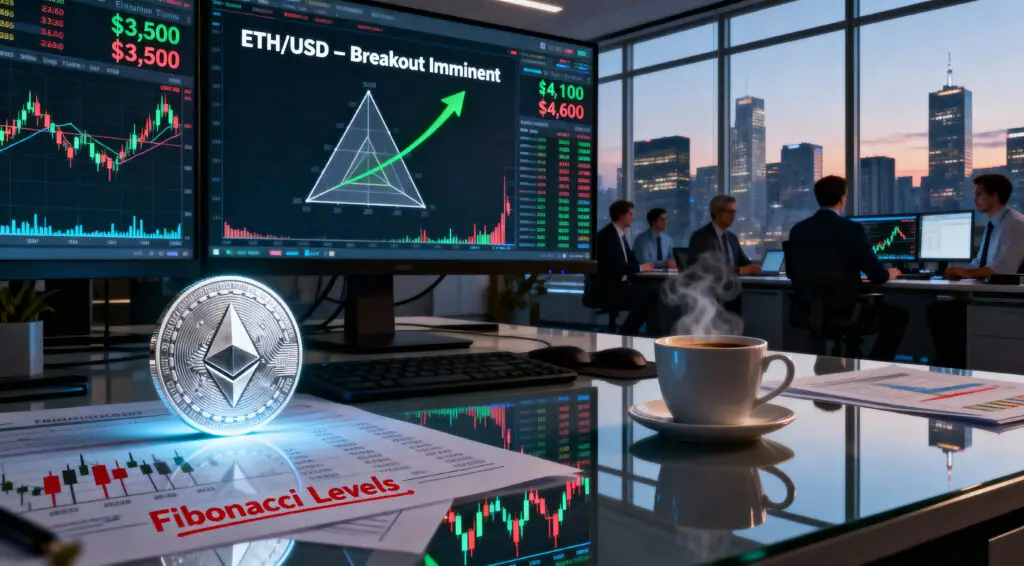Analyzing CPI and Its Ramifications
Recent U.S. inflation data continues to reverberate across the cryptocurrency markets. The Consumer Price Index (CPI) climbed 3.0% year-over-year in September, slightly below expectations of 3.1%. This minor cooling has sparked optimism among investors, as slower inflation often encourages risk-on sentiment.
With the Federal Reserve’s next rate decision looming, traders are dissecting how lower inflation could support speculative assets like Bitcoin. As inflation stabilizes, traditional investors increasingly turn to crypto for diversification and potential upside amid easing monetary conditions.
Bitcoin’s Dance with CPI Data
Bitcoin has historically reacted strongly to CPI announcements, often rallying when inflation shows signs of moderation. Past instances reveal a positive correlation between easing inflation and BTC price surges, as investors rotate out of defensive assets. This pattern played out again in September, when Bitcoin briefly spiked above $111,000 before retracing slightly.
The move underscored how macroeconomic signals—especially those tied to inflation—can ignite volatility in crypto markets, amplifying both speculative enthusiasm and institutional positioning.
The Fed’s Tight Grip on Crypto Sentiment
The Federal Reserve remains the key architect of crypto market mood swings. Lower inflation reduces pressure on the Fed to hike rates, indirectly fueling bullish sentiment across digital assets. As interest rate fears fade, liquidity flows back into risk markets, boosting Bitcoin and other leading cryptocurrencies. However, the central bank’s continued influence means any surprise in future inflation readings could rapidly reverse momentum. Investors now see each CPI report as a potential trigger for Bitcoin’s next major swing.
Recommended Article: Rumble and Tether Unite to Launch Bitcoin Tipping for Global Creators
Navigating Market Sentiment Among Institutions
Institutional players increasingly integrate CPI metrics into their crypto investment models. Hedge funds and asset managers view Bitcoin as a macro-sensitive asset, adjusting allocations based on inflationary trends. Meanwhile, smaller retail investors remain more reactive, often amplifying volatility through emotional trading.
The divergence between cautious institutions and speculative individuals creates the conditions for short squeezes—especially when pessimistic sentiment coincides with institutional accumulation. The result is a market that oscillates between fear and euphoria, driven largely by macroeconomic cues.
The Intersection of Inflation and Regulation
Inflation and regulation now move in tandem as defining forces shaping crypto’s trajectory. As CPI readings stabilize, policymakers may soften their stance toward digital assets, fostering a more accommodating environment for innovation.
Conversely, renewed inflationary pressure could revive calls for tighter oversight, especially if crypto speculation intensifies during periods of financial instability. For blockchain firms, regulatory clarity linked to inflation trends could either accelerate mainstream integration or constrain cross-border financial experimentation.
The Macro-Crypto Connection Deepens
The growing interplay between traditional finance and decentralized assets highlights Bitcoin’s evolution from a niche digital experiment to a macroeconomic barometer. Inflation no longer affects only consumer spending—it reverberates through risk assets like Bitcoin, which thrive in liquidity-driven environments. The global investment community now views Bitcoin not just as “digital gold” but as an inflation-sensitive hedge that reacts swiftly to fiscal and monetary changes.
Inflation Will Continue to Shape Bitcoin’s Path
Looking ahead, Bitcoin’s trajectory remains tethered to the rhythm of inflation data and Federal Reserve policy adjustments. Should inflation cool further, it could unlock another liquidity wave into digital assets, potentially pushing Bitcoin toward new yearly highs. However, persistent inflation or hawkish signals could trigger renewed selling pressure.
The Bitcoin-inflation feedback loop—once peripheral—has now become central to market strategy. As investors navigate this landscape, staying attuned to CPI trends may prove just as critical as watching on-chain metrics.























